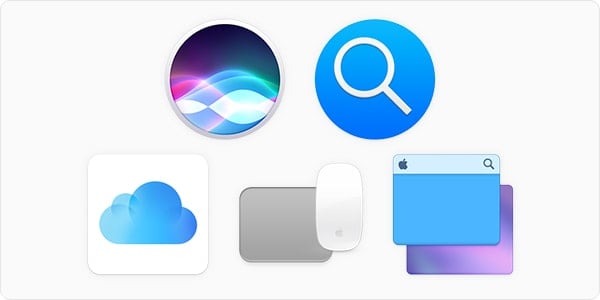Check Startup Disk preferences. If your Mac displays a flashing folder at startup, you can wait for a.
- How to open Terminal on Mac. The Terminal app is in the Utilities folder in Applications. To open it, either open your Applications folder, then open Utilities and double-click on Terminal, or press Command - spacebar to launch Spotlight and type 'Terminal,' then double-click the search result.
- If you want to revert a file or folder to its default icon, open its Get Info panel again, click the icon in the panel to select it, and choose Edit - Cut or use the keyboard shortcut Command-X.
- On your Mac, select the file or folder whose icon you want to use, then choose File Get Info. At the top of the Info window, click the icon, then choose Edit Copy. Select the other file or folder, then choose File Get Info. Click the icon at the top of the Info window. Choose Edit Paste. The folder icon is replaced with the picture you.
- The folder icon in which you're interested is named GenericFolderIcon.icns. If you're running Mac OS X El Capitan (10.11) or later, due to System Integrity Protection, you won't be able to modify these files. However, if you turn off System Integrity Protection, you'll gain the ability to edit the icon files.
From time to time I like to make certain folders on my macOS desktop stand out. For example, I use automation to move screenshots saved to my desktop directly to a special Screenshots folder. Since I’m always looking for the screenshots that I take, I decided to tint the folder purple to make it stand out amongst the other items on my desktop. Here’s how you can go about easily doing the same.
Step 1: Create a new folder.
Step 2: Right click on the folder and select Get Info.
Step 3: Select the image next to the name of the folder and select Edit → Copy.
Step 4: Open Preview and select File → New from Clipboard.
Step 5: In Preview, Click the Markup Tool Bar button followed by the Adjust Color button.
Step 6: Use the sliders to adjust the color of the folder to your liking. If you wish to have more control over the color, you can use an app like Pixelmator or Affinity Photo.
Step 7: Once your changes are complete select Edit → Select All.
Step 8: Select Edit → Copy.
Step 9: Go back to the Info tab mentioned in Step 2 and select the image of the folder.
Step 10: Select Edit → Paste to paste the colored folder, which should alter the look of that single folder.
Conclusion
It’s easy to change folder color on a case by case basis using this handy how-to. It’s a great way to make significant folders stand out on a cluttered desktop. What method do you use to modify macOS folder color? Sound off in the comments below.


Hacking Folder Icon Machine

Hacking Folder Icon Mac Free

FTC: We use income earning auto affiliate links.More.